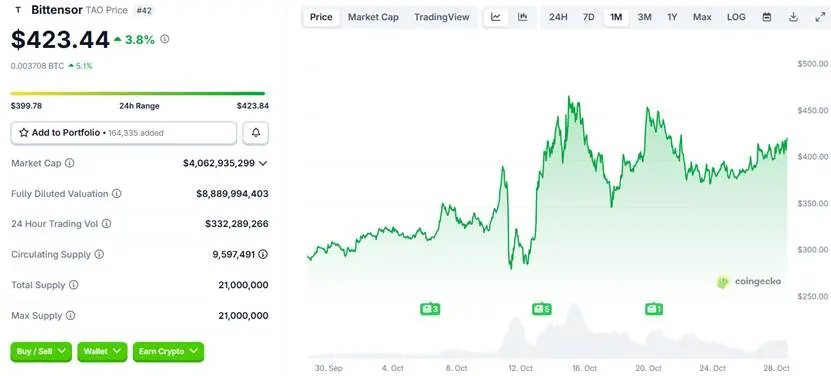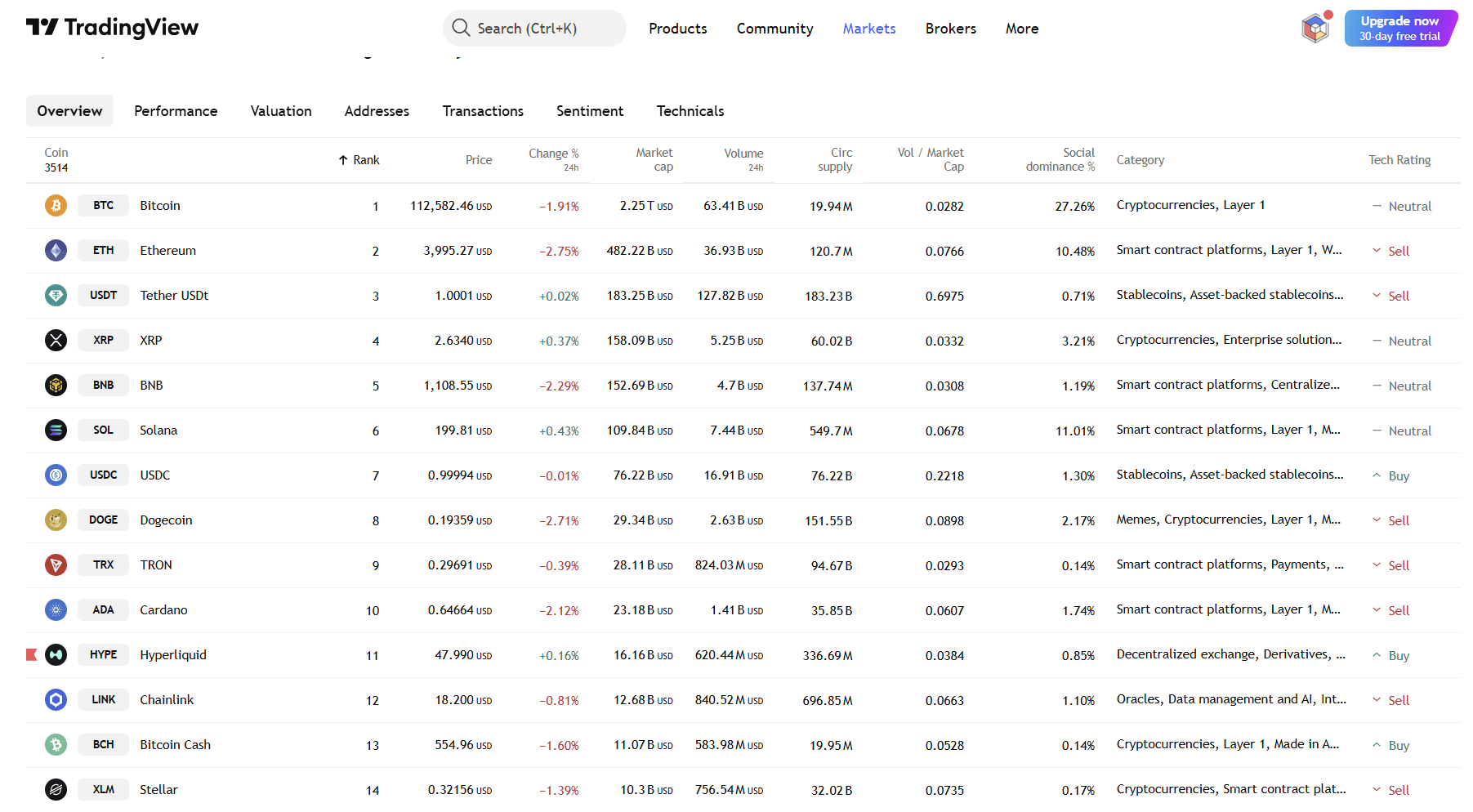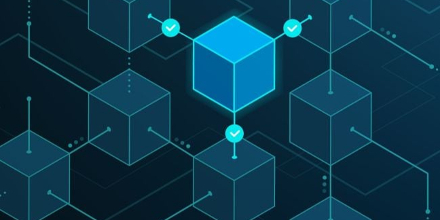Interview with Bittensor Founder Jacob: Applying Mining to AI, Top 3 Subnets Built by Chinese Teams
Bittensor is migrating Bitcoin-style mining to AI through "incentivized computation," building an open multi-subnet marketplace powered by TAO, where inference, training, and computing power providers are rewarded based on performance. Jacob visited China for the first time, discussing his experience leaving Google, ecosystem expansion in Asia, TAO halving, protocol revenue, and his five-year vision.
Guest: Jacob Robert Steeves, Founder of Bittensor
Interview: zhou & chilli, ChainCatcher
In recent years, decentralized artificial intelligence, as a cutting-edge field integrating blockchain and AI technologies, has attracted the attention of the global tech community. Bittensor (TAO), as an open-source protocol, applies a Bitcoin-style “mining incentive” mechanism to AI computation, organizing various subnets and suppliers on the blockchain to compete in inference, training, and other tasks, and rewarding them based on their contributions.
According to CoinGecko data, the Bittensor token TAO was listed on exchanges in March 2023. As of press time, its price is 423 USD, with a market cap of about 4 billions USD, ranking 42 among cryptocurrencies. Recently, TAO Treasury company TAO Synergies Inc. announced the completion of a 11 millions USD private fundraising round, with investors including TAO strategic advisor James Altucher and Grayscale’s parent company DCG.

In this exclusive interview with ChainCatcher, we had the privilege to speak with Bittensor founder Jacob, delving into his technical vision, his journey from Google to entrepreneurship, and how Bittensor is breaking traditional AI barriers through “incentivized computation.”
From Google to Decentralized AI: Bittensor is Applying Mining to AI
ChainCatcher: In recent months, we’ve noticed that Bittensor (TAO) has sparked strong interest in the US and is rapidly gaining traction in Asian communities. Through this conversation, we hope more readers can understand Bittensor and your thoughts on the future of “decentralized AI.” Let’s start with your background. Many readers know you worked as a software engineer at Google. Why did you leave Google to start your own venture? What was the biggest impact of that experience on you?
Jacob: I studied mathematics and computer science at Simon Fraser University in Vancouver, Canada. After graduation, I worked for a DARPA contractor on brain-computer interface chips. My mentor (also the company founder) was an early Bitcoin supporter, who introduced me to concepts like “energy/thermodynamic computation” and helped me truly understand Bitcoin.
Since 2015, I have been deeply involved in both Bitcoin and AI. These two things are naturally compatible because the core of AI is the study of feedback loops (backpropagation, genetic algorithms, reinforcement learning, etc.), while Bitcoin is the first programmable economic feedback loop. Later, I joined Google as a machine learning engineer and developed Bittensor in my spare time until I decided to go full-time on Bittensor in 2018, launching the mainnet in 2021.
While at Google, I witnessed the publication of the “Attention Is All You Need” (Transformer) paper, which propelled the exponential development of large models like GPT. I also learned a lot of distributed machine learning practices from frontline teams, such as parameter servers, model parallelism, and data parallelism—these experiences were crucial for us later in building Bittensor’s computational architecture.
ChainCatcher: Before we go further, could you briefly introduce Bittensor?
Jacob: Of course. Bittensor is an open protocol that applies the Bitcoin-style mining mechanism to AI: we use programmable economic incentives to organize decentralized computing power, models, data, and applications into a fair market. Bittensor is a blockchain with a native token TAO, running about 128 subnets, each collaborating and competing around different tasks such as inference, training, reinforcement learning, code agents, storage, prediction/trading signals, etc. AI is essentially a computational problem; Bitcoin has already proven that “incentives + competition” can effectively coordinate distributed resources—we’re just migrating this primitive to intelligent production.
From a user’s perspective, developers can initiate or join subnets, contribute models and computing power, and continuously receive incentives based on performance; demand-side users can purchase services such as inference, computing power, AutoML, or prediction signals through the network. Simply put, Bittensor transforms the “miner—reward—consensus” paradigm into “useful AI supply—market reward—network consensus.”
Engaging Chinese Developers: The Strongest Competitive Soil and New Sources of Supply
ChainCatcher:Is this your first time in China? Why did you choose this moment to come to China for a speaking tour?
Jacob: Yes, it’s my first time. I currently live in Peru and haven’t done overseas tours before; this time I came to China specifically to talk about Bittensor. First, Bittensor applies Bitcoin mining to AI, and China is one of the fastest-growing, possibly the most powerful, countries in the global artificial intelligence field; when Bitcoin mining was legal, China accounted for over 50% of the computing power, and even today still produces 90% of the world’s chips.
I have great respect for China’s technical strength in network construction and hope more Chinese developers can participate in building the Bittensor network and help us scale up.
Bittensor is a decentralized, permissionless, and transparent open network where any region can participate fairly. This is a meaningful hedge against today’s highly centralized AI infrastructure. We have already proven feasibility in some directions: introducing GPU resources and model services into the market through subnets, competing with centralized solutions in price and efficiency. The goal of coming to China is to bring these approaches into a larger developer ecosystem.
ChainCatcher:What key messages do you hope to convey to Asian developers and investors on this trip? Are there any Chinese projects or communities that impressed you?
Jacob: Yes. In Bittensor we often hear a saying: once Chinese miners enter a subnet, competition immediately becomes much fiercer, to the point that many of the original participants choose to exit—this is entirely expected, because the intensity of competition in China is truly astonishing. Starting from the way universities organize and train, you are among the most competitive groups in the world, so I think China and Bittensor are naturally compatible.
This time, I want to get the message out: this is a brand new and fair economic platform, where Chinese engineers, builders, and miners can make truly productive contributions—openly, transparently, and under fair rules. As for specific projects, one of the largest subnets on Bittensor, Affine, was built by Chinese developers and is becoming one of the most competitive mechanisms on the network. I hope to facilitate more such teams joining, because the engineering level here is extremely high, almost second to none.
ChainCatcher:How do you view the unique position of China, Hong Kong, and Singapore in Web3 and AI?
Jacob: At present, companies in China, Singapore, and East Asia are leading the trend of open-source artificial intelligence. Top open-source models like DeepSeek come from Chinese teams; Hong Kong and Singapore are more flexible in compliance and capital, facilitating industrialization and cross-border collaboration. Overall, Asia is pushing “open models + engineering implementation” to the forefront, which is exactly what decentralized AI needs. In addition, top Chinese universities such as Peking University and Tsinghua University have made huge contributions to academic and knowledge advancement.
ChainCatcher:You just mentioned that Bittensor has about 128 subnet projects. Can you talk about resource allocation or the distribution of engineers?
Jacob: The top three Subnet Ecosystem Projects are all built by Chinese teams, which I think is very significant. Bittensor is an anonymous platform, but it’s clear that many Asian teams and computing power are joining. For example, Lium is a top subnet providing GPU resources, creating a permissionless market where anyone can contribute GPU computing power and also access GPU resources through the network. Many Chinese miners contribute these chips (we can see from the IP addresses that these machines are indeed in Asia), and we bring these resources to the global market.
ChainCatcher:Are you currently in contact with any investment institutions? There must be many investment funds or companies interested in Bittensor.
Jacob: Yes, we often receive inquiries from investors who want to participate and buy TAO. However, I’m not directly responsible for these matters—I’m just an engineer. The Bittensor network is open and the market is liquid. So we recommend that everyone participate directly in the TAO secondary market, as we believe that’s the fairest way for everyone to enter the market in the same way. In fact, investment companies often approach us, but we prefer everyone to participate fairly in the market.
ChainCatcher:Is there a possibility of future cooperation between Bittensor and traditional internet giants (such as OpenAI, Alibaba, Baidu, etc.)?
Jacob: Yes, it’s possible, but it depends on whether our philosophies align. Some centralized labs in the US are probably not very interested—they prefer to consolidate and control, while we emphasize openness and permissionlessness. In contrast, more open teams like DeepSeek, Kimi, and Moonshot can connect their resources to Bittensor, launch subnets on the network and monetize, and also consume network supply. I think it’s only a matter of time: either cooperate or adopt our decentralized training approach. If we can work with Moonshot to achieve truly decentralized training, we would very much welcome that.
The Essence of Bittensor: Using Crypto-Economic Incentives for AI Research
ChainCatcher:Recently, you mentioned on X that Crypto + AI is a shallow statement, and what really matters is incentive computing. Many people see Bittensor as an “AI model aggregator,” but you seem to emphasize it as an “incentivized network.” Can you explain to our readers: what is the biggest difference between Bittensor and traditional aggregation platforms? What does its “decentralization” really change?
Jacob: The “AI model aggregator” understanding is incorrect. The core of Bittensor is embedding “programmable incentives” into the AI learning process: whoever provides more useful inference, training, or tools receives more rewards, which is completely different from just “stacking models together.” The breakthroughs in AI over the past 15 years have come from adaptive learning of feedback/rewards (such as BP, RL), and what we’re doing is directly embedding currency and incentives into this mechanism, using market signals to continuously optimize supply and quality.
The significance of “decentralization” lies in permissionless entry and resistance to single points of failure, meaning any individual/team can launch a subnet and compete, good supply is amplified by incentives, poor supply is naturally eliminated; at the same time, resource dispersion and routing flexibility make services more resilient to single-point failures. But our goal is not “decentralization for decentralization’s sake,” but to scale up useful computation driven by incentives—this is the fundamental difference between Bittensor and traditional aggregation platforms.
However, the so-called Crypto + AI is just applying cryptocurrency to AI, or applying AI to crypto, which doesn’t touch the core of what we’re doing. What we’re actually doing is using crypto-economic incentives to conduct artificial intelligence research.
ChainCatcher:A few days ago, AWS experienced a large-scale outage, causing many AI services to go down. What’s your take on this?
Jacob: I think this incident proves one of the values of decentralization—it provides resilience against single points of failure. Bittensor did not go down because we rely on decentralized resource allocation, which is one of our advantages. However, this incident also proved that many so-called decentralized ecosystems are not truly decentralized, as some projects could not recover after the outage. Bittensor does not make decentralization its core goal—of course, we use anti-censorship mechanisms at the technical core, but that’s not the fundamental driving force of Bittensor.
Economics and Vision: TAO Halving Cycle, Protocol Revenue Sources, Prediction Markets, and Five-Year Goals
ChainCatcher: 2025 will be the first halving cycle for TAO. What impact do you think this halving will have on the behavior of developers and validators in the ecosystem?
Jacob: In fact, I think the only impact of the halving on Bittensor is that supply will tighten. But this will not affect the network’s fundamental incentive mechanism; there will still be huge economic incentives to encourage developers to build on the platform.
ChainCatcher:Where does the main revenue at the Bittensor protocol layer come from?
Jacob: Mainly from selling inference, selling compute, selling AutoML (automated machine learning), and selling signals to prediction markets.
ChainCatcher:You just mentioned prediction markets. How do you view the current status and business model of prediction markets in the Web3 ecosystem?
Jacob: I think it’s a great idea. If you’re talking about Kalshi and Polymarket, I think they are among the real fintech applications and the first applications for mass consumers. It’s very meaningful and profoundly changes the way humans work.
ChainCatcher:Finally, let’s talk about Bittensor’s vision. Looking ahead five years, what headline would you most like to see about Bittensor? What is your vision for this application? How do you plan to execute it?
Jacob: The headline I most want to see, and the most important one, is: we have brought this technology to “millions” of users and truly provided open intelligent services to the world, with the network continuously expanding and operating sustainably. We can already see the outline of this path: economically, we can beat centralized providers in many scenarios with cost advantages, especially in inference. Currently, about 100,000 users are using our technology; the next step is not only to lead in inference but also to move to the application layer.
Our goal is to serve billions of users worldwide. For example, Ridges is a large subnet on Bittensor working on coding agents, which are optimized collectively by miners around the world. Building in this way has an obvious benefit: prices can drop significantly. Because we passively and continuously optimize cost-effectiveness globally—when some centralized products may require a 1,000 USD subscription but only provide 200 USD of actual value, we can offer a 10 USD subscription with a network cost of only 6 USD. This kind of economic scale law enables us to reach the world; if centralized AI companies do not adopt these underlying technical primitives, it will be difficult for them to keep up in performance, speed, and cost in the long run.
This is our “wedge.” If we can remain superior in these key dimensions for the long term, it will be hard for them to win against us in this competition; conversely, if we can’t do this, then there’s nothing to talk about.
Similarly, the reason Bitcoin can outperform sovereign states or centralized systems at the network level is because it adopted the right technical primitives and mechanism design. Bittensor certainly hasn’t achieved this in all areas yet, but in some specific areas we have, and many people actually use Bittensor in their daily lives without even knowing it.
Disclaimer: The content of this article solely reflects the author's opinion and does not represent the platform in any capacity. This article is not intended to serve as a reference for making investment decisions.
You may also like
Will Shiba Inu (SHIB) Price Explode After the Fed Rate Cut?

Crypto News Today: Fed Calm, Nvidia Milestone, and Political Firestorms Wrap Up Uptober

Breaking: Grayscale Launches Solana Trust ETF
Mars Finance Exclusive Interview | Shooting Game King Mart1X: How Will $20 Million in Financing Innovate Web3 Gaming?
Matr1x is an innovative Web3 gaming platform that integrates gaming, artificial intelligence, e-sports, and blockchain technology, aiming to reshape the global gaming and digital content industries. The team has extensive experience in game development and has secured over 20 million USD in funding. Matr1x has launched several Web3 games and e-sports platforms, demonstrating its innovation in tokenomics and ecosystem development. Through models such as "Watch to Earn," Matr1x is committed to promoting high-quality development of Web3 games and has established a significant presence in the market.

